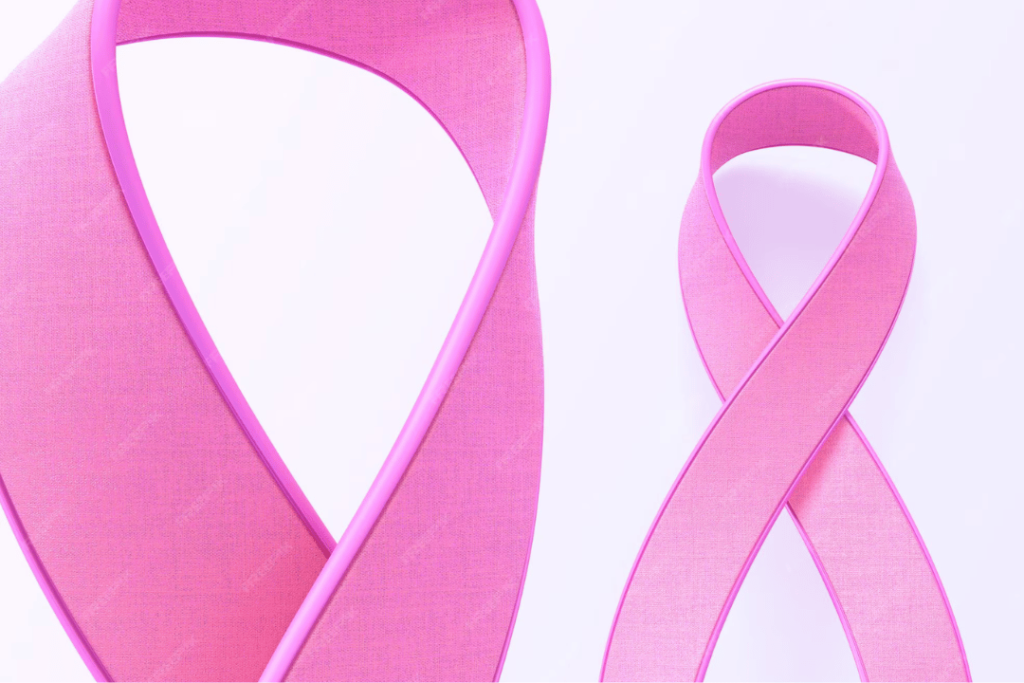National Breast Cancer Awareness Month is in October, thus pink advertisements and reminders are common during this time. While it is important to pay attention to breast health this month, it is also important to keep in mind that it should be a year-round issue. For maintaining breast health, routine self-examinations and yearly mammography are essential for your health.
Best Investigation for your Breast Health:
Mammograms are crucial because they determine breast density, and help in the screening for anomalies. When you receive your mammography results, you might hear the phrase “breast density.”
What is breast density..? You need to understand breast density, it is crucial because women with thick breasts are more likely to get breast cancer.
Dense breast tissue affects about 50% of women, which might make it harder to detect cancer on a mammography. Breast density is the ratio of vascular and fibrous to fatty tissue in the breasts as observed on a mammogram.
Three different types of tissue make up your breasts:
- -Fibrous Tissue: It holds the breast tissue.
- -Glandular Tissue: which consists of lobes and tubes, where milk is produced.
- -Fatty Tissue: Fatty tissue gives the breast its size and shape by filling the crevices between the fibrous tissue, lobes, and tubes.
On scanning, fatty tissue appears black and dense breast tissue is white. Contrary to certain lumps, dense breast tissue can only be detected by mammography, not by self-breast health examinations.
It is crucial to keep in mind that having thick breasts does not guarantee that you will have breast cancer. Your risk of breast cancer is also influenced by additional variables such as age, family history, and personal breast change history.
Breast density can alter throughout a woman’s life and is more prevalent among younger women, those who are pregnant or breastfeeding, those who use hormone replacement therapy, and those who are underweight.

Many healthcare organizations are increasingly adopting breast density measurement technology to improve breast cancer early detection. Using 2D or 3D mammography pictures, this program enables doctors to objectively analyze breast density and determine a person’s risk of developing breast cancer. This ground-breaking tool provides more details regarding breast health and may encourage the use of other screening methods, such as yearly MRIs and ultrasounds in addition to mammography.
You may require extra screenings in addition to mammography if your breast tissue is dense. These additional investigation can help in more accurate cancer detection:
MRI (Magnetic Resonance Imaging): MRI creates precise cross-sectional images of the breasts using strong magnets and radio waves. Recognizing elevated blood flow associated with malignancies can aid in the early detection of cancer by examining blood flow in breast tissue.
Breast cancer cells can be found with a radioactive tracer in Molecular Breast Imaging (MBI). It causes cancer cells to stand up vividly in contrast to healthy tissue, making it simpler to detect.
Contrast-Enhanced Mammography: This process combines mammography with intravenous contrast to examine breast blood flow. To identify cancerous tissue from healthy tissue, the contrast agent should collect in cancerous tissue.
Particularly for women with dense breast tissue, these additional screenings can be helpful helps in the early diagnosis of breast cancer. Regular breast health checkups, such as self-exams and annual mammograms, are crucial. Speak with your healthcare professional to choose the best screening method for your particular Situation.





